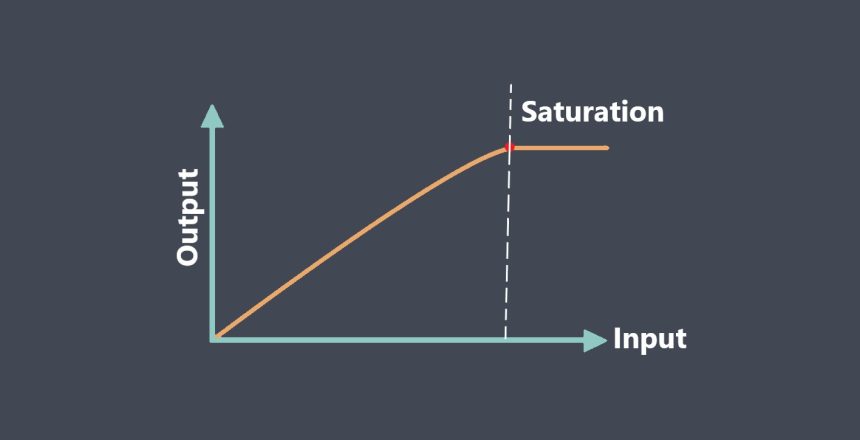Sensor saturation occurs when the input signal to a sensor exceeds the maximum value that the sensor can measure or detect. When a sensor saturates, its output signal becomes fixed at the maximum value, even if the input signal continues to increase. This can lead to measurement errors and loss of accuracy, as the sensor is no longer able to accurately measure the input signal.
Why is the sensor saturated?
Saturation can occur in both analog and digital sensors, and can have several causes, including:
- Overloading: The input signal to the sensor exceeds the maximum capacity of the sensor, either due to an unexpected event or a deliberate overload.
- Noise interference: The input signal contains high-frequency noise or interference that causes the sensor to saturate.
- Power supply issues: The power supply to the sensor is inadequate or unstable, causing the sensor to saturate.
- Sensor limitations: The sensor has design limitations that prevent it from accurately measuring signals that are outside of its specified range.
How to prevent sensor saturation?
To prevent saturation, it is important to select a sensor that has a sufficient range and sensitivity to accurately measure the expected input signal.
The sensor should also be properly calibrated, and any signal conditioning or processing equipment should be designed to avoid overloading the sensor or introducing unwanted noise or interference.
Techniques to reduce saturation
If saturation does occur, there are several techniques that can be used to mitigate the effects and recover accurate measurements. These include:
Reducing the input signal: If possible, the input signal can be reduced to a level that is within the range of the sensor.
Filtering: High-frequency noise or interference can be filtered out of the input signal, reducing the likelihood of saturation.
Signal processing: Signal processing techniques, such as digital signal processing signal averaging, can be used to recover accurate measurements from the saturated signal.
Using a different sensor: If the input signal is consistently outside of the range of the sensor, a different sensor with a wider range or higher sensitivity may be required.


